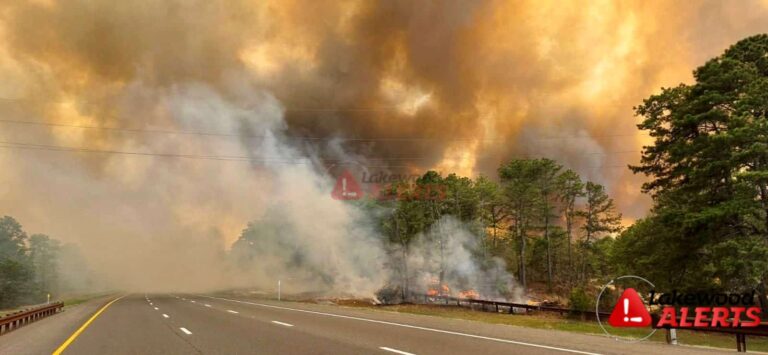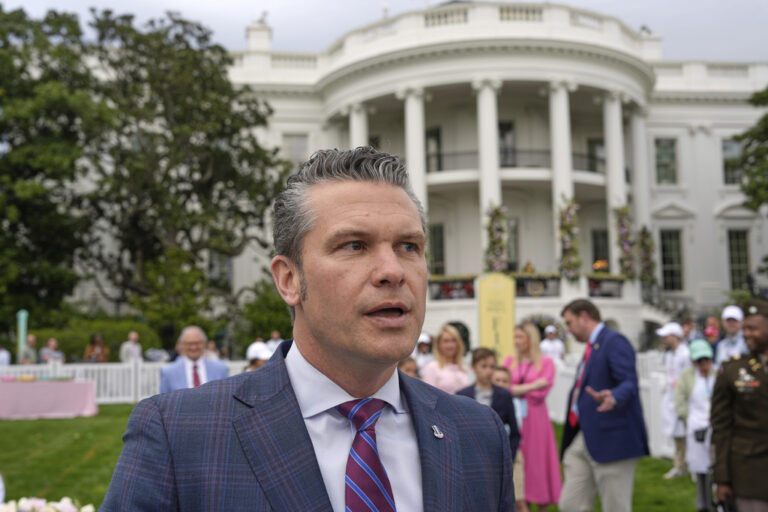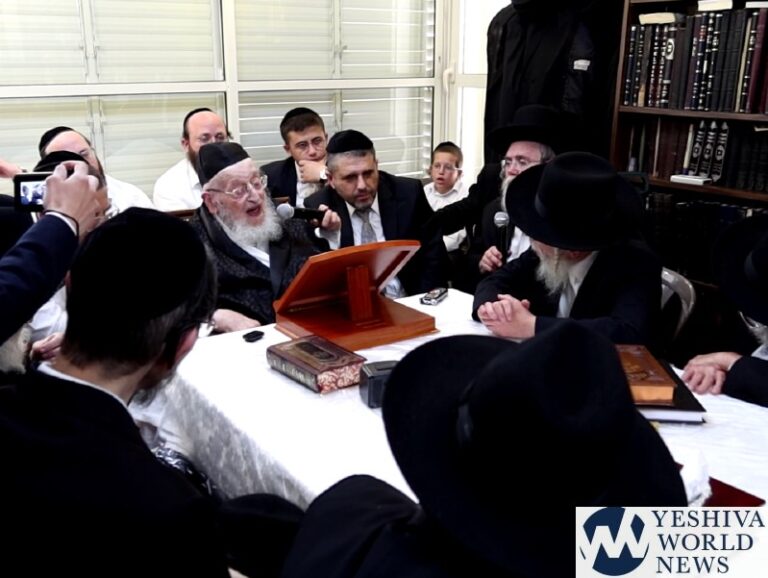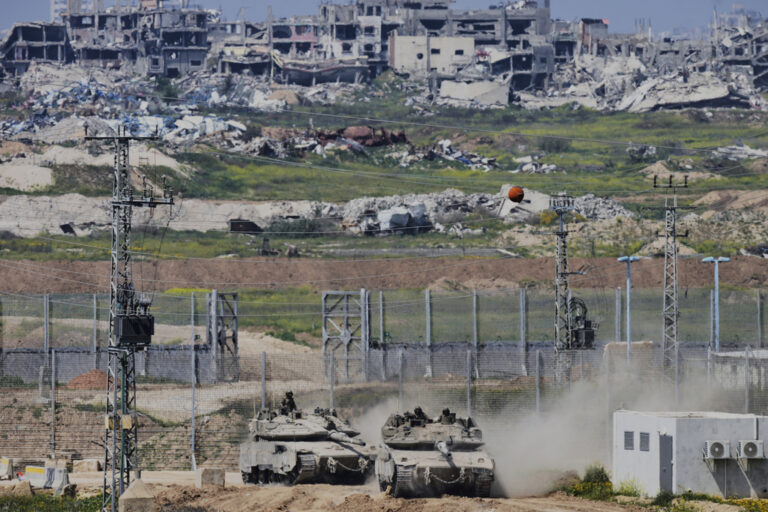 As temperatures in New York City are expected to drop well below freezing tonight and tomorrow, the New York City Office of Emergency Management reminds all New Yorkers that prolonged exposure to extreme cold weather can be deadly. The National Weather Service is forecasting bitterly cold wind chills tonight, with overnight low temperatures between 5 and 8 degrees and wind chills of -15 degrees. Cold temperatures will continue on Tuesday with a high of 10 degrees and wind chills near -10 degrees. Overnight temperatures on Tuesday night will near 5 degrees with wind chills of -10 degrees. Temperatures will rise on Wednesday, but will remain below freezing until Thursday. Vulnerable populations, such as seniors and infants, are most at risk during extreme weather events, so it’s important to check on friends, family and neighbors if you think they need help getting to a warm place. The NYC Department of Health and Mental Health encourages everyone to stay indoors as much as possible, and if your home lacks heat, get to a warm, safe place immediately.
As temperatures in New York City are expected to drop well below freezing tonight and tomorrow, the New York City Office of Emergency Management reminds all New Yorkers that prolonged exposure to extreme cold weather can be deadly. The National Weather Service is forecasting bitterly cold wind chills tonight, with overnight low temperatures between 5 and 8 degrees and wind chills of -15 degrees. Cold temperatures will continue on Tuesday with a high of 10 degrees and wind chills near -10 degrees. Overnight temperatures on Tuesday night will near 5 degrees with wind chills of -10 degrees. Temperatures will rise on Wednesday, but will remain below freezing until Thursday. Vulnerable populations, such as seniors and infants, are most at risk during extreme weather events, so it’s important to check on friends, family and neighbors if you think they need help getting to a warm place. The NYC Department of Health and Mental Health encourages everyone to stay indoors as much as possible, and if your home lacks heat, get to a warm, safe place immediately.
“With a dangerous cold snap and deadly wind chills predicted to blanket New York City this evening and tomorrow I urge all New Yorkers to find a warm place to stay to avoid hypothermia, frostbite, and other life-threatening health conditions,” said Mayor de Blasio. “City agencies have taken a number of steps to prepare for this cold weather, including alerting vulnerable populations and doubling outreach efforts to homeless individuals. As we enter this cold period it’s also important to make sure you are heating your home safely. Never use gas stoves or portable gas heaters indoors to heat your home, as those can lead to fire or dangerous levels of carbon monoxide.”
City agencies have been working ahead of the freezing weather to prepare New Yorkers for the cold:
Office of Emergency Management
- Activated the City’s Winter Weather Emergency Plan in response to the forecasted low temperatures and wind chills.
- Convened Winter Weather Call with more than 35 city agencies to coordinate city actions.
- Activated the Advance Warning System (AWS) to alert vulnerable New Yorkers about the impending cold weather.
Department for the Aging
- All senior centers will only be open tomorrow for lunch beginning at 11 a.m. Senior centers will close after lunch is served.
- Case management agencies will make calls to check on homebound seniors and high-risk clients during the cold weather.
Department of Buildings
- Issued a weather advisory alerting property owners and contractors to secure construction sites in advance of inclement weather and high winds. The advisory remains in effect for Monday, January 6 through Tuesday, January 7.
- The Department will be performing random spot-check inspections of construction sites around the City. If sites are not safely secured, the Department will take immediate enforcement action with the issuance of violations and Stop Work Orders if necessary.
- The Department has additional staff on standby as part of its Emergency Response Team, which performs emergency and after-hours emergency response in coordination with OEM, NYPD, FDNY, and other involved agencies.
Department of Homeless Services (DHS)
- DHS continues to use its Cold Weather Emergency Procedure, called Code Blue, to protect unsheltered individuals, who are more at risk for exposure deaths during the cold winter months. During Code Blue conditions, DHS doubles its outreach efforts
Department of Transportation
- Alternate side parking is suspended for Tuesday, January 7.
- Bridge and Staten Island Ferry crews are ready with anti-icing crews and equipment.
Health & Hospitals Corporation
- Emergency rooms are open.
- All other patient care services are open.
Department of Housing Preservation and Developement
- Code Inspectors are working extended hours to address heat complaints.
Human Resources Administration
- HRA’s case management programs for vulnerable New Yorkers, including Adult Protective Services, Domestic Violence, HIV/AIDS Services and Homecare Services, are working with clients who have been identified as having insufficient heat. HRA’s Home Care Services Program has asked their vendors to report if there is any client who has no heat or electricity.
NYCHA
- NYCHA has prepared a flyer that will be posted in all 2,600 public housing buildings and also translated into Spanish, Russian and Chinese, to warn residents of the coming cold temperatures and ask that they check in on vulnerable neighbors.
- NYCHA will have additional teams of heating, plumbers and electricians to respond to any potential heat and hot water outages or any other weather related emergency.
PARKS
- Parks will be inspected for homeless conditions. Parks and DHS will provide services for any individuals attempting to stay overnight in parks.
- Lakes and water bodies are being monitored for ice formation.
Department of Education
- Sent a Weather Advisory to students to students who utilize yellow bus service with winter weather tips and information.
Department of Design and Construction
- Canceled all water shutdowns for DCC street infrastructure projects.
- Ensuring that all public-buildings sites are secured and prepared for frigid temperatures.
Check on Neighbors, Friends, Relatives and Clients
- Home visiting and social service agencies should activate their cold emergency plans, and reach out in advance to their clients to make sure they’re aware of the cold and snow.
- If you are concerned about someone on the street who may be homeless and in need of assistance call 311 and ask for the Mobile Outreach Response Team. The Department of Homeless Services will send an outreach team to the location to assess the individual’s condition and take appropriate action.
- If your building is cold, check on your neighbors. If you know someone who is vulnerable and lacking heat, help them get to warm places and notify the builing manager and/or call 311 to get heat restored. If you see someone with signs of hypothermia such as confusion, shivering, slurred speech, drowsiness call 911 for help and help the person get warm while waiting for help.
- Landlords and building managers should check their building systems to ensure heat, and check on vulnerable people
Health problems resulting from prolonged exposure to cold include hypothermia, frostbite and exacerbation of chronic heart and lung conditions. Recognize the signs and symptoms of hypothermia and frostbite:
- Hypothermia is a life-threatening condition where the body temperature is abnormally low. Symptoms may include shivering, slurred speech, sluggishness, drowsiness, unusual behavior, confusion, dizziness, and shallow breathing. Some people, such as infants, seniors, and those with chronic diseases and substance abuse problems can get sick quicker. Check on friends, relatives, and neighbors who may need assistance to ensure they are adequately protected from the cold.
- Frostbite is a serious injury to a body part frozen from exposure to the cold. It most often affects extremities like fingers and toes or exposed areas such as ears or parts of the face. Redness and pain may be the first warning of frostbite. Other symptoms include numbness or skin that appears pale, firm, or waxy.
Provide first aid:
- If you suspect a person is suffering from frostbite or hypothermia, call 911 to get medical help.
- While waiting for assistance to arrive, help the person get warm by getting them to a warm place if possible, removing any damp clothing and covering them with warm blankets.
What to Do if You Lose Heat or Hot Water at Home
The heat season began on October 1, 2013, and continues through May 31, 2014. During heat season, residential owners with tenants are required by law to maintain an indoor temperature of at least 68 degrees Fahrenheit between 6 AM and 10 PM when the outdoor temperature falls below 55 degrees. Between 10 PM and 6 AM, building owners must maintain an indoor temperature of 55 degrees when the outside temperature falls below 40 degrees. Hot water is required to be maintained at 120 degrees.
Any New York City tenant without adequate heat or hot water should first speak with the building owner, manager, or superintendent. If the problem is not corrected, tenants should call 311. The Department of Housing Preservation and Development (HPD) will take measures to ensure that the building owner is complying with the law. This may include contacting the building’s owner and/or sending an inspector to verify the complaint and issue a violation directing the owner to restore heat and hot water if appropriate. If the owner fails to comply and does not restore service, HPD may initiate repairs through its Emergency Repair Program and bill the landlord for the cost of the work. HPD also may initiate legal action against properties that are issued heat violations, and owners who incur multiple heat violations are subject to litigation seeking maximum litigation penalties and to continued scrutiny on heat and other code deficiencies.
Take measures to trap existing warm air and safely stay warm until heat returns, including:
- Insulate your home as much as possible. Hang blankets over windows and doorways and stay in a well-insulated room while the heat is out.
- Dress warmly. Wear hats, scarves, gloves, and layered clothing.
- If you have a well maintained working fireplace and use it for heat and light, but be sure to keep the damper open for ventilation. Never use a fireplace without a screen.
- If the cold persists and your heat is not restored call family, neighbors, or friends to see if you can stay with them.
- Do not use your oven or fuel-burning space heaters to heat your home. These can release carbon monoxide, a deadly gas that you cannot see or smell.
- Open your faucets to a steady drip so pipes do not freeze.
Safe Home Heating Tips
Improper use of portable heating equipment can lead to fire or dangerous levels of carbon monoxide. Take precautions to ensure you are heating your home safely.
Fire safety tips:
- Make sure you have a working smoke alarm in every room. Test them at least once a month and change the batteries twice a year.
- Use only portable heating equipment that is approved for indoor use. Space heaters are temporary heating devices and should only be used for a limited time each day.
- Keep combustible materials, including furniture, drapes, and carpeting at least three feet away from the heat source. Never drape clothes over a space heater to dry them.
- Never leave children alone in the room where a space heater is running. Always keep an eye on heating equipment. Turn it off when you are unable to closely monitor it.
- Plug space heaters directly into a wall outlet. Never use an extension cord or power strip. Do not plug anything else into the same outlet when the space heater is in use. Do not use space heaters with frayed or damaged cords.
- If you are going to use an electric blanket, only use one that is less than 10 years old from the date of purchase. Also avoid tucking the electric blanket in at the sides of the bed. Only purchase blankets with an automatic safety shut-off.
Carbon monoxide safety tips:
- Carbon monoxide comes from the burning of fuel. Therefore, make sure all fuel-burning devices such as furnaces, boilers, hot water heaters, and clothes dryers are properly vented to the outdoors and operating properly. If you are not sure, contact a professional to inspect and make necessary repairs.
- Make sure you have a working carbon monoxide detector. Most homes and residential buildings in New York City are required by law to have carbon monoxide detectors installed near all sleeping areas. Owners are responsible for installing approved carbon monoxide detectors. Occupants are responsible for keeping and maintaining the carbon monoxide detectors in good repair.
- If you have a working fireplace keep chimneys clean and clear of debris.
- Never heat your home with a gas stove or oven, charcoal barbecue grill, or kerosene, propane, or oil-burning heaters.
- The symptoms of carbon monoxide poisoning are non-specific and include headache, nausea, vomiting, dizziness, sleepiness, trouble breathing, and loss of consciousness. Severe poisonings may result in permanent injury or death.
If you suspect carbon monoxide poisoning, call 911, get the victim to fresh air immediately, and open windows.
If You Need Emergency Heating Assistance
The Human Resources Administration (HRA) administers the federal Home Energy Assistance Program (HEAP), which provides low-income people with emergency heating assistance. Eligible residents will receive a payment for fuel delivery, or HRA will arrange for fuel delivery or boiler repair. Emergency assistance is given to those who qualify only once per heating season. Call 311 for more information.
Homeless Outreach
The Department of Homeless Services (DHS) continues to use its Cold Weather Emergency Procedure, called Code Blue, to protect unsheltered individuals, who are more at risk for exposure deaths during the cold winter months. During Code Blue conditions DHS doubles its outreach efforts. Community members that identify someone on the street they believe needs assistance should call 311 and ask for the Mobile Outreach Response Team; in any emergency community members should call 911. The Department of Homeless Services will send an outreach team to the location to assess the individual’s condition and take appropriate action.
Outreach workers are on the streets 24 hours a day, seven days a week and are trained to:
- Identify and regularly monitor individuals who may be at risk during cold weather.
- Engage at-risk individuals and persuade them to voluntarily come indoors.
During a Code Blue Cold Weather Emergency, housing options for the homeless include the following:
Shelters: During a Code Blue, homeless adults can access any shelter location for single individuals. Beds are available system-wide to accommodate anyone brought in by outreach teams or walk-ins.
Drop-in centers: All drop-in centers are open 24 hours a day when Code Blue procedures are in effect, taking in as many as people as possible for the duration of inclement weather. Drop-in staff also can make arrangements for homeless individuals at other citywide facilities.
Safe havens and stabilization beds: Chronically homeless individuals may be transported to these low-threshold housing options where they may go directly from the street to a bed.










